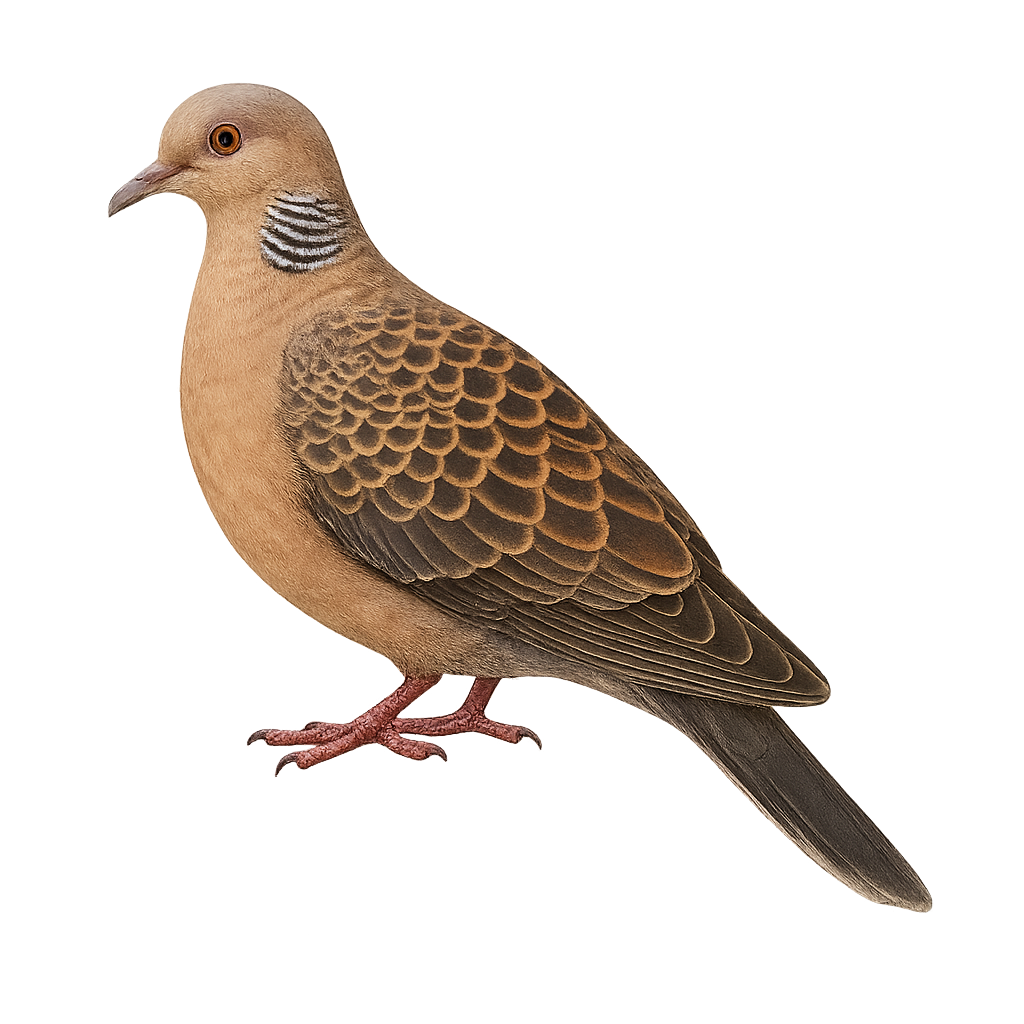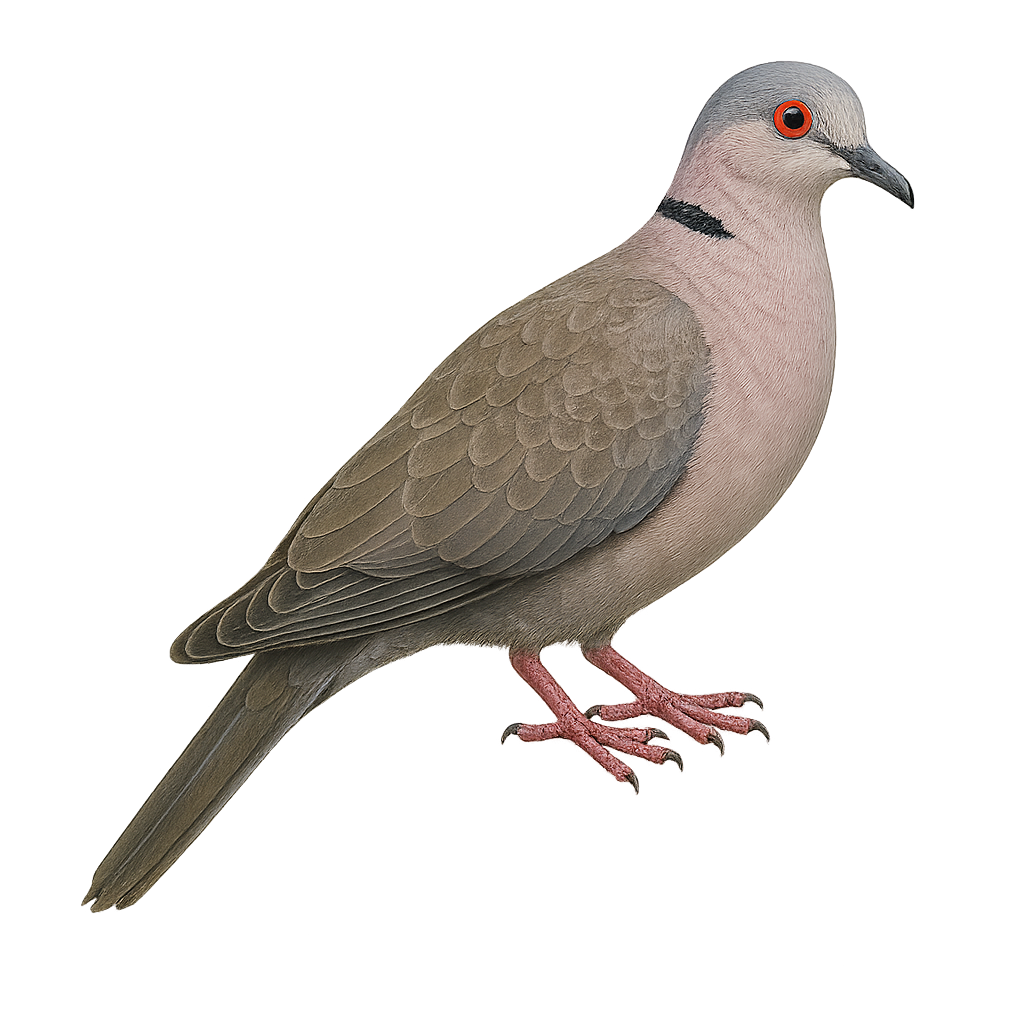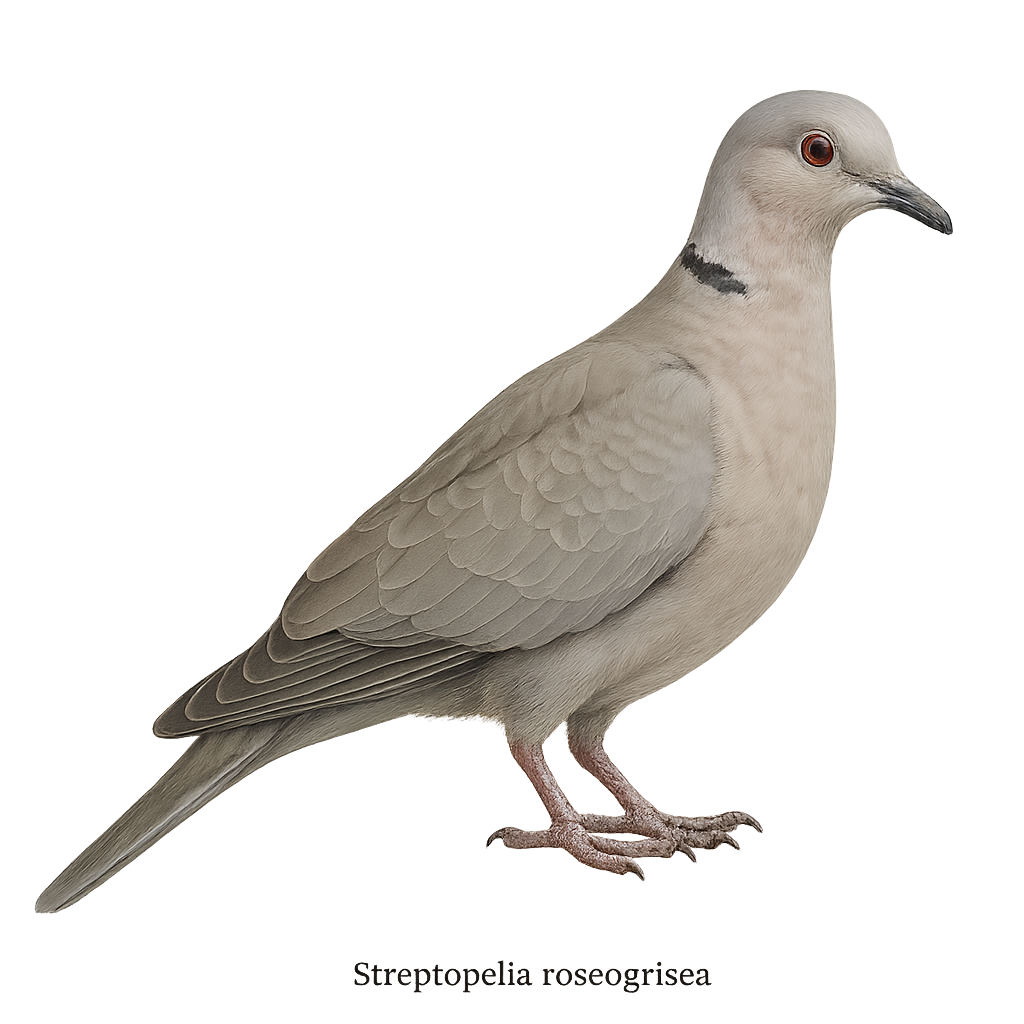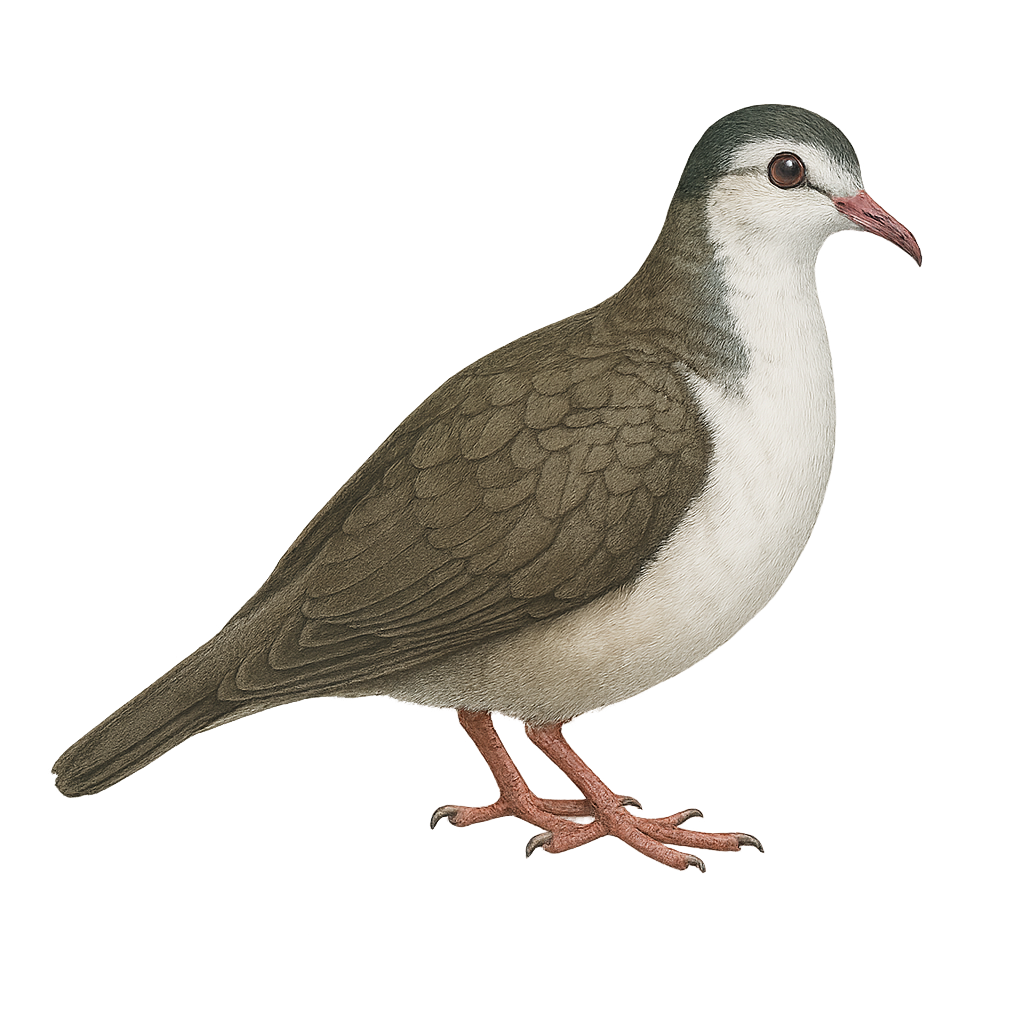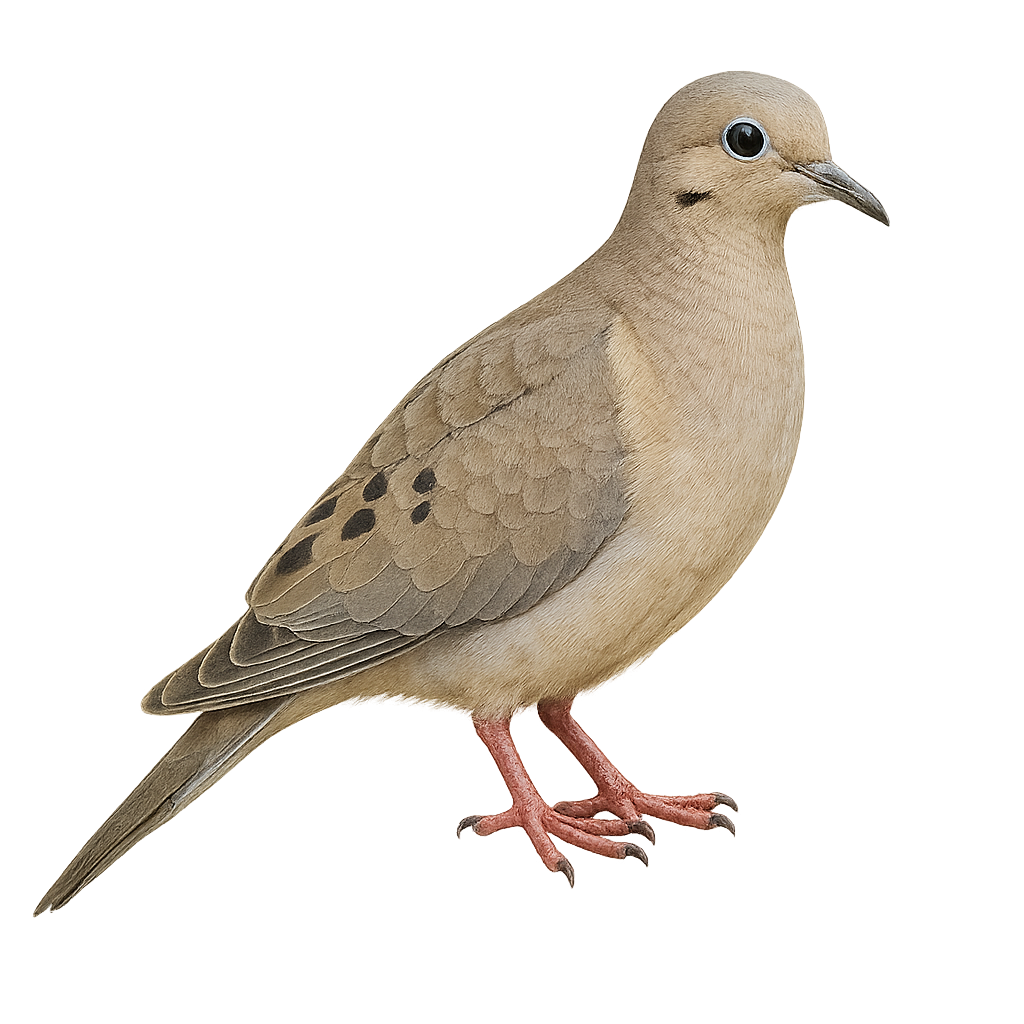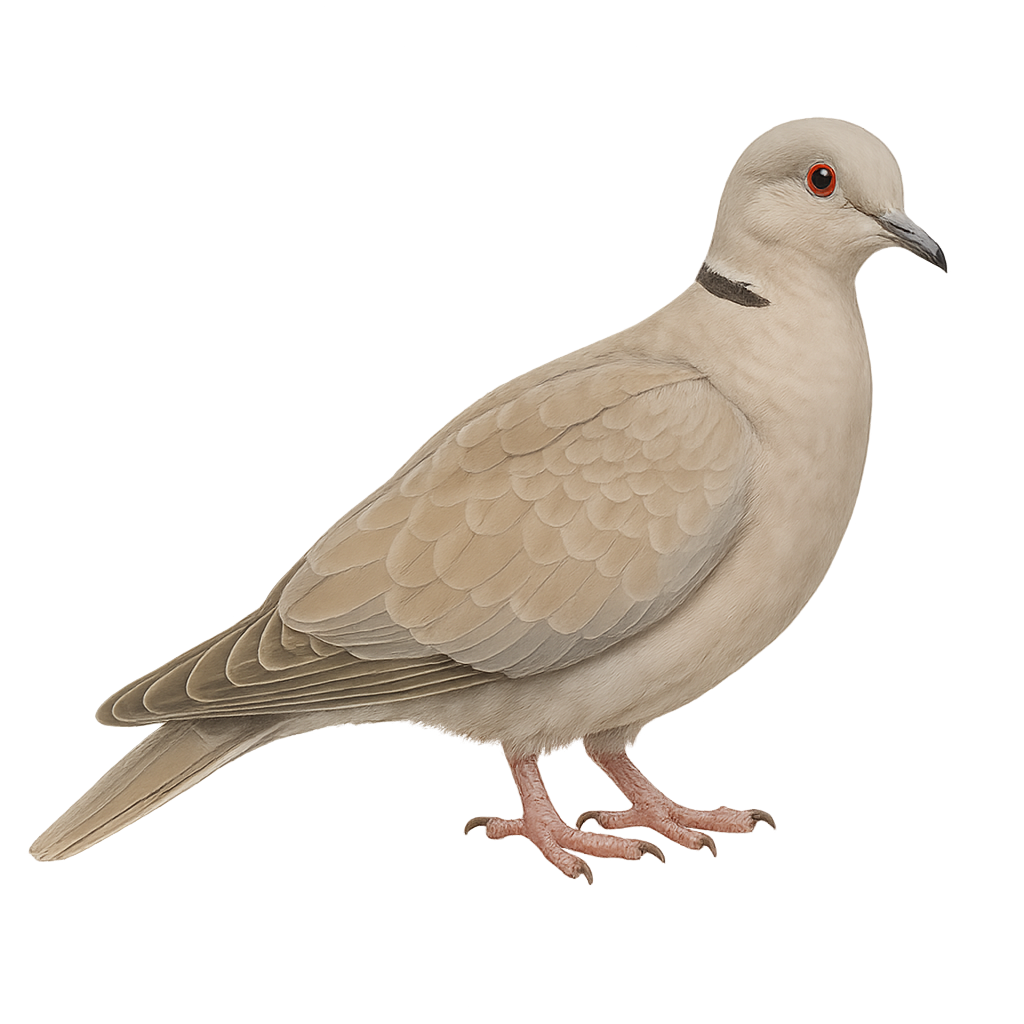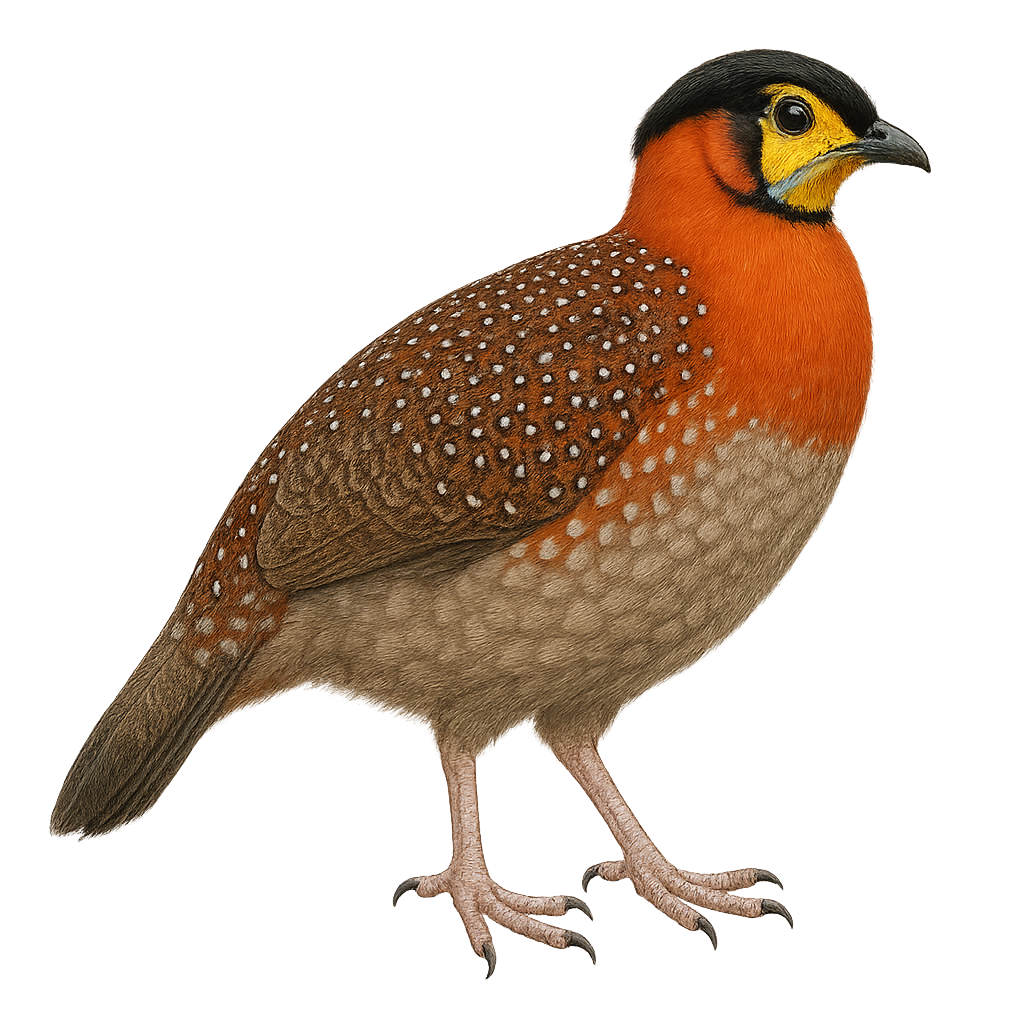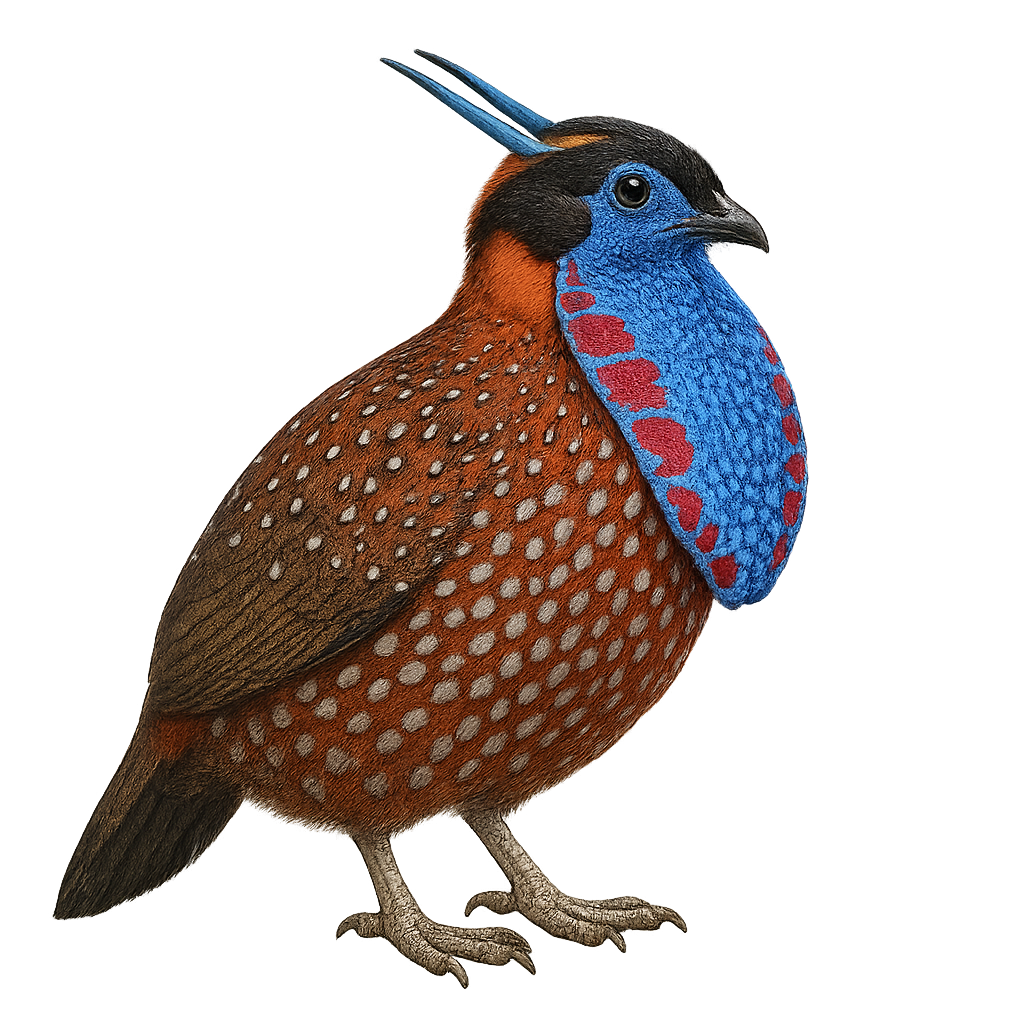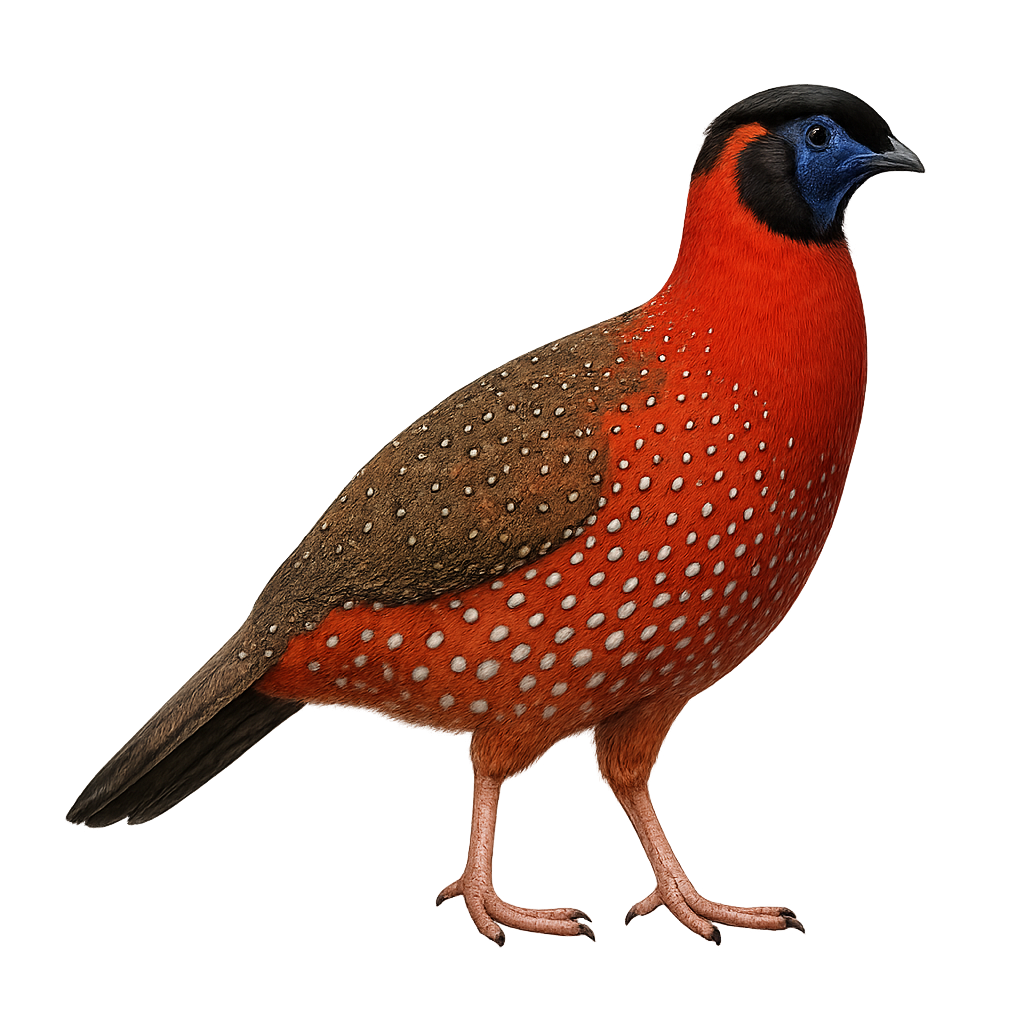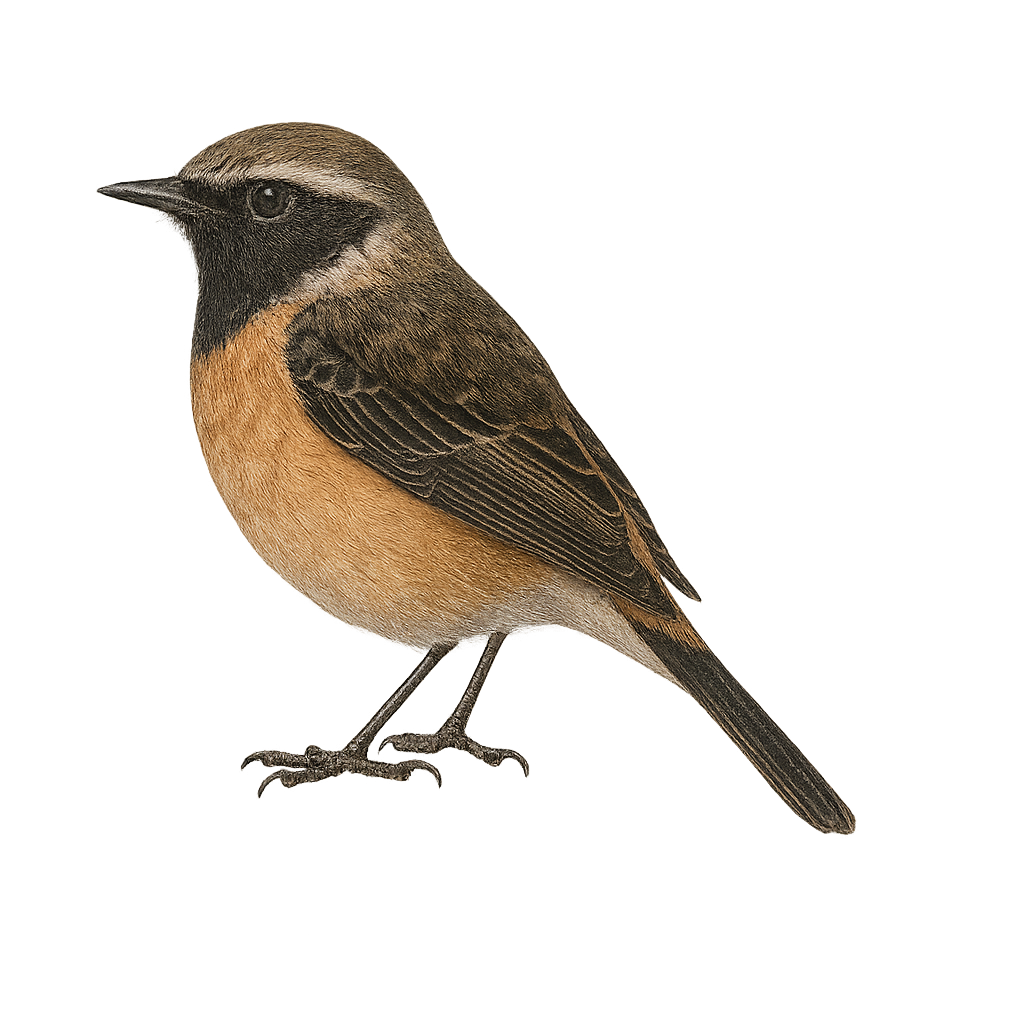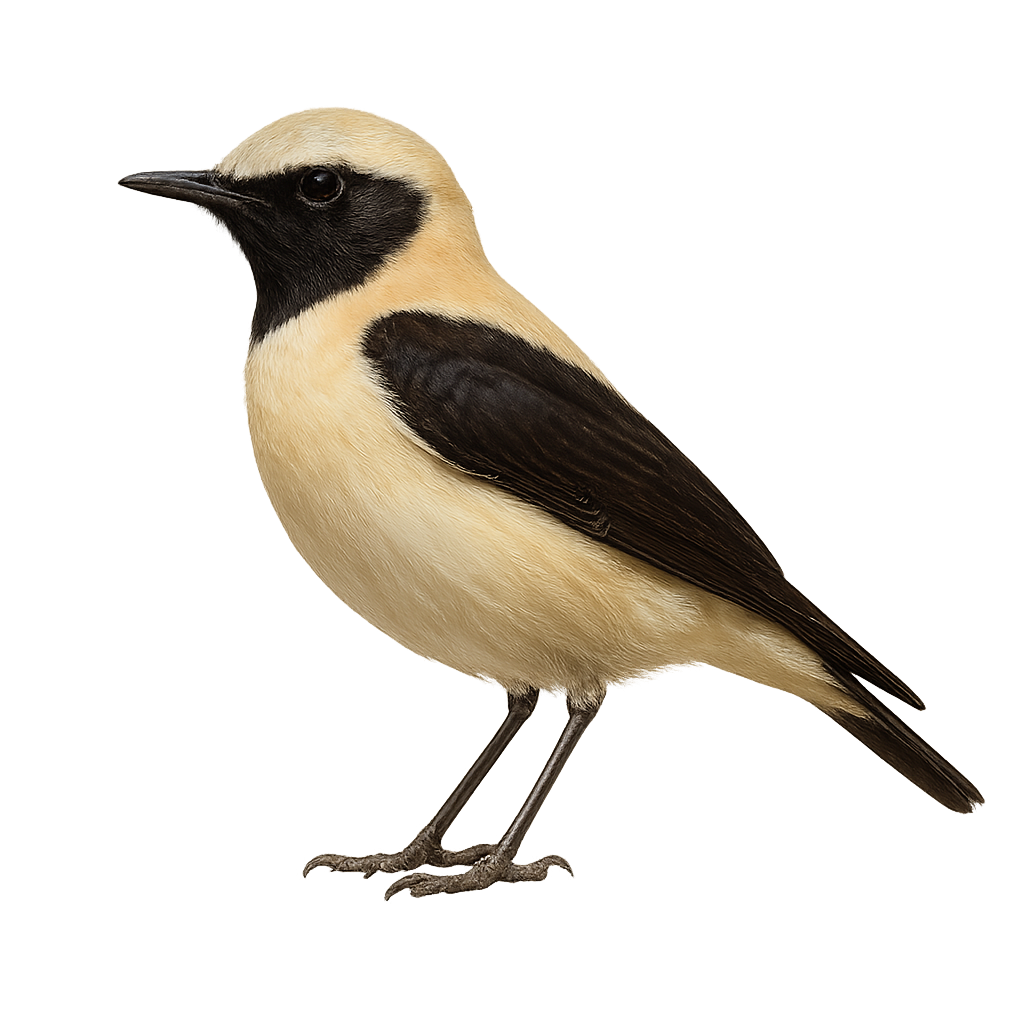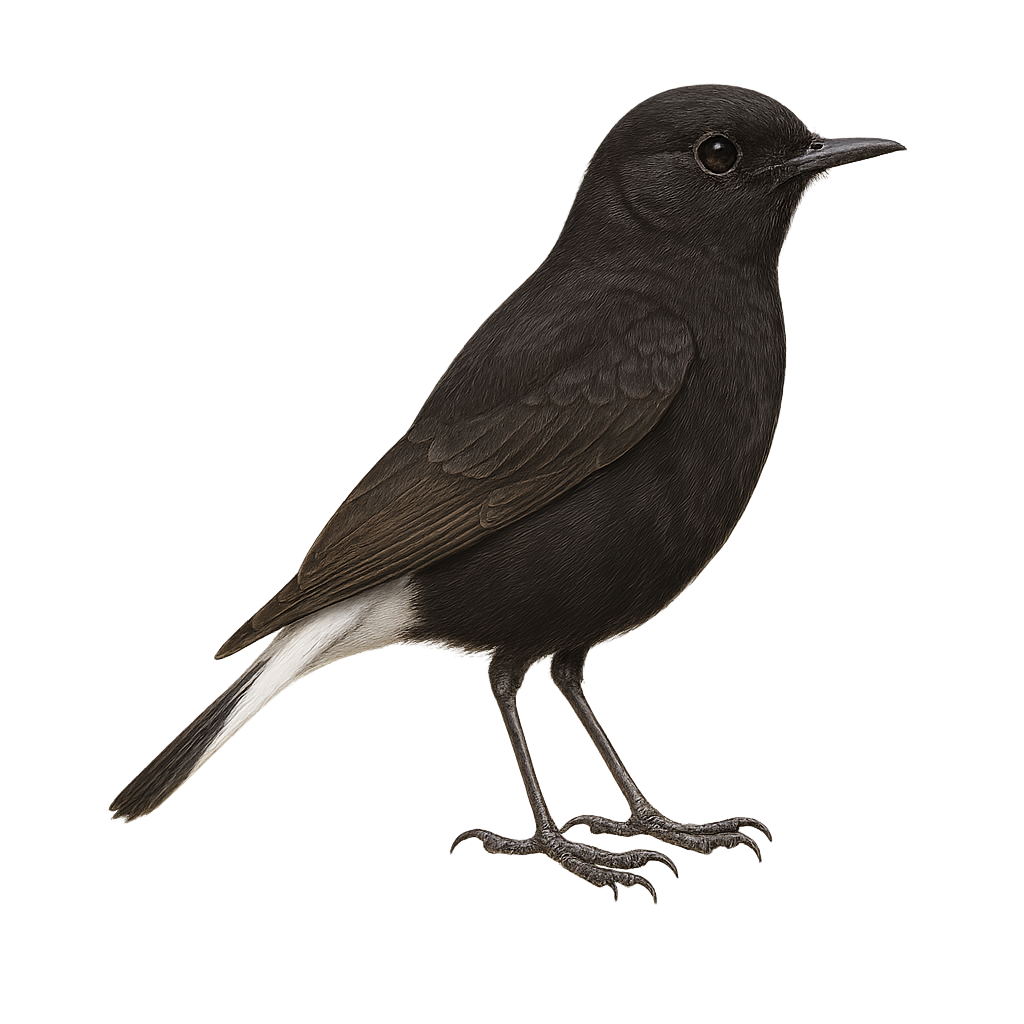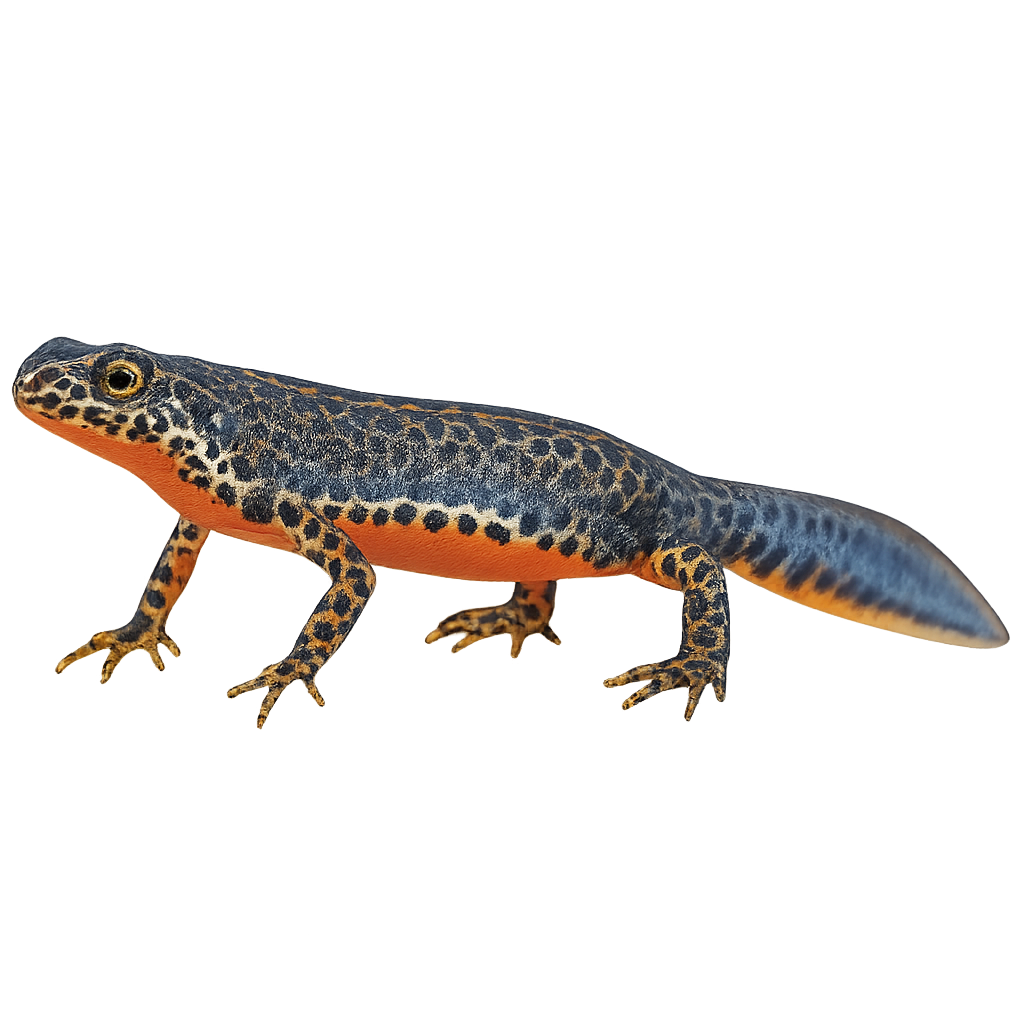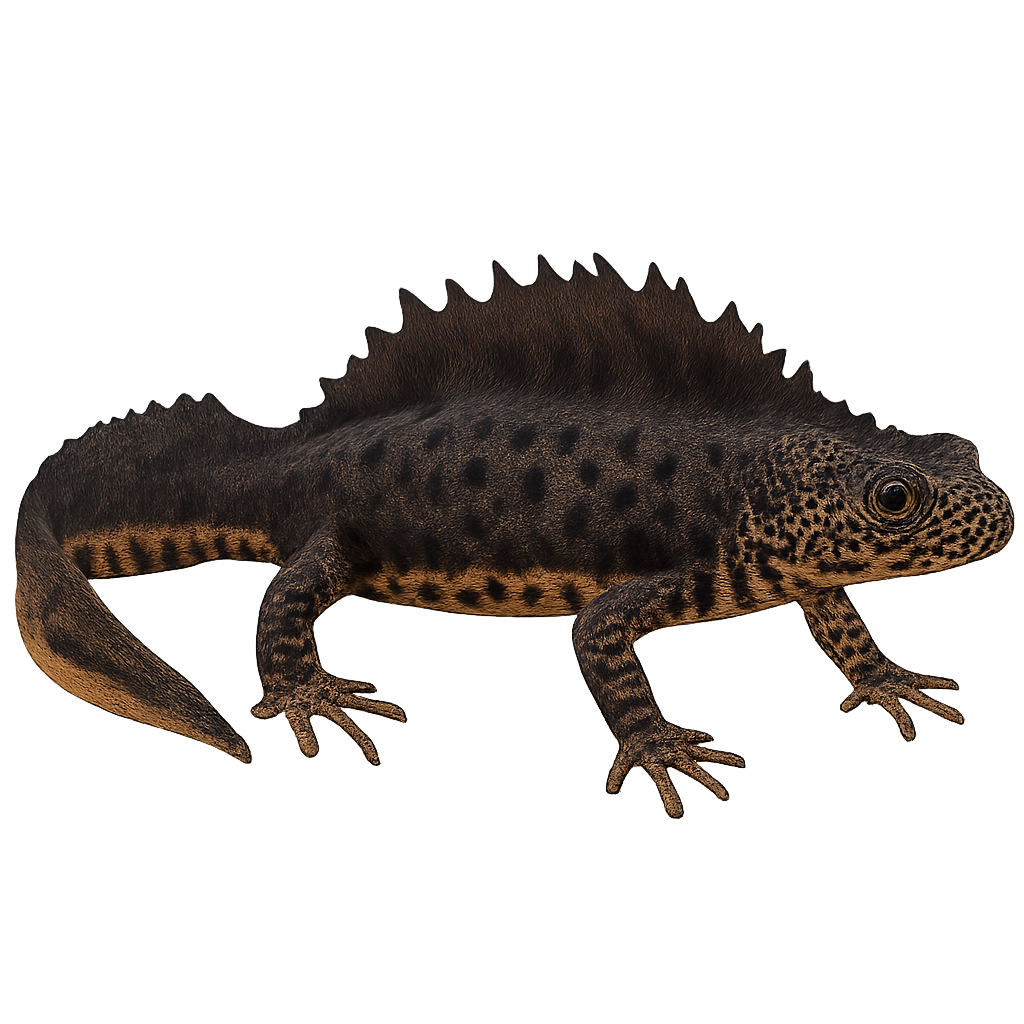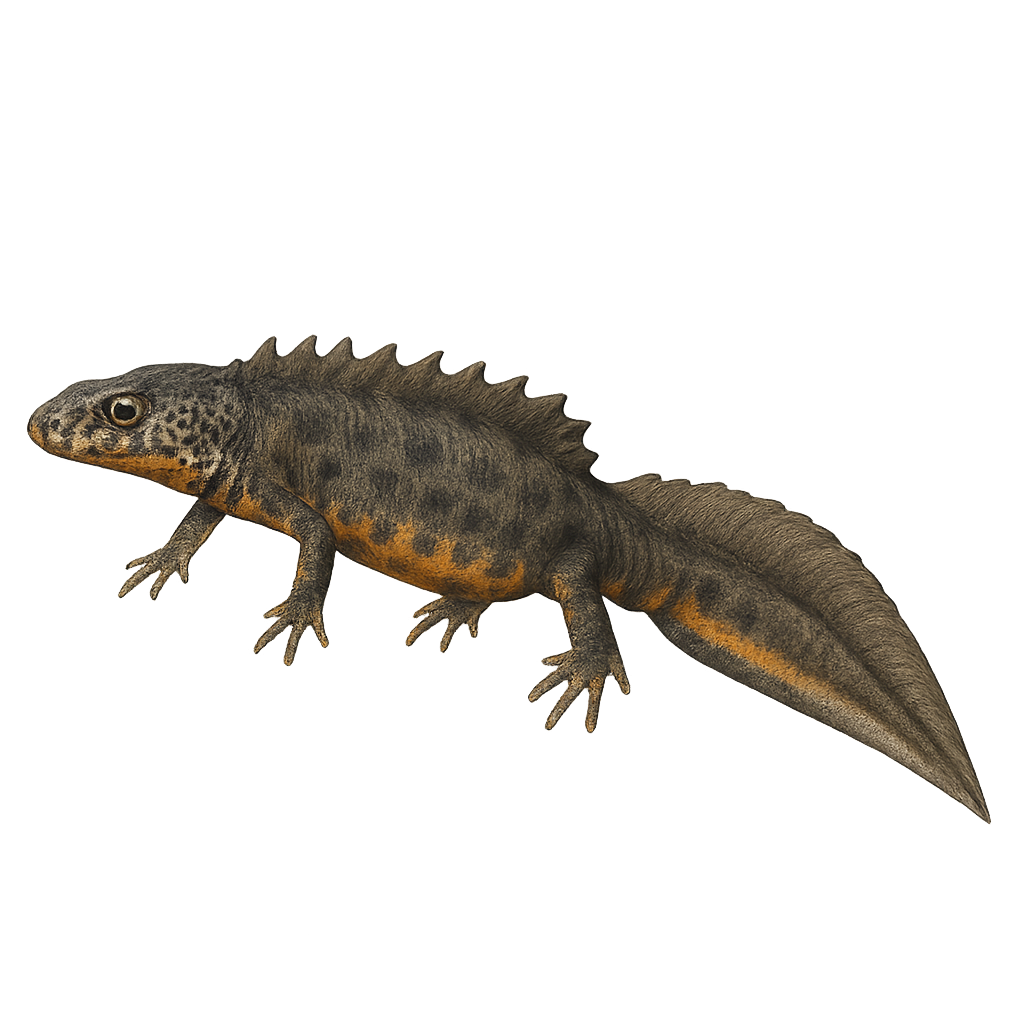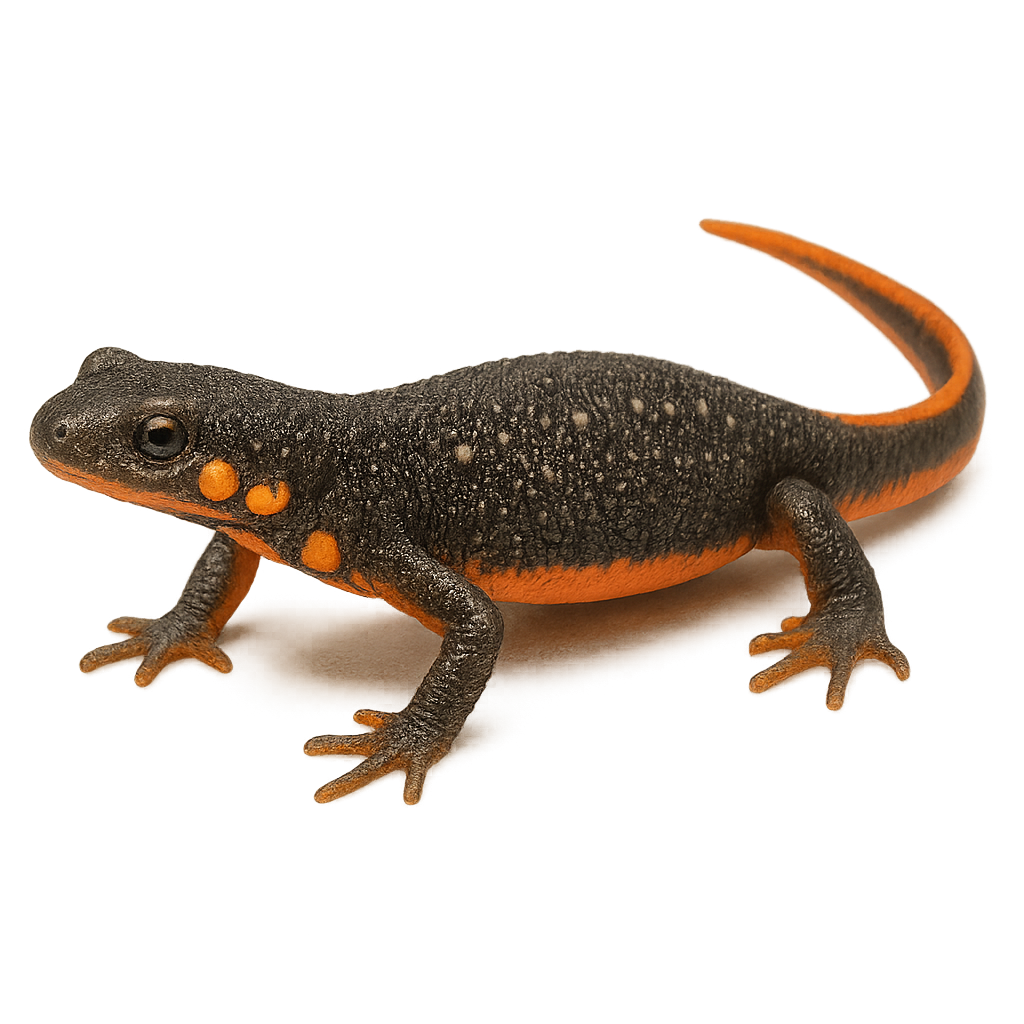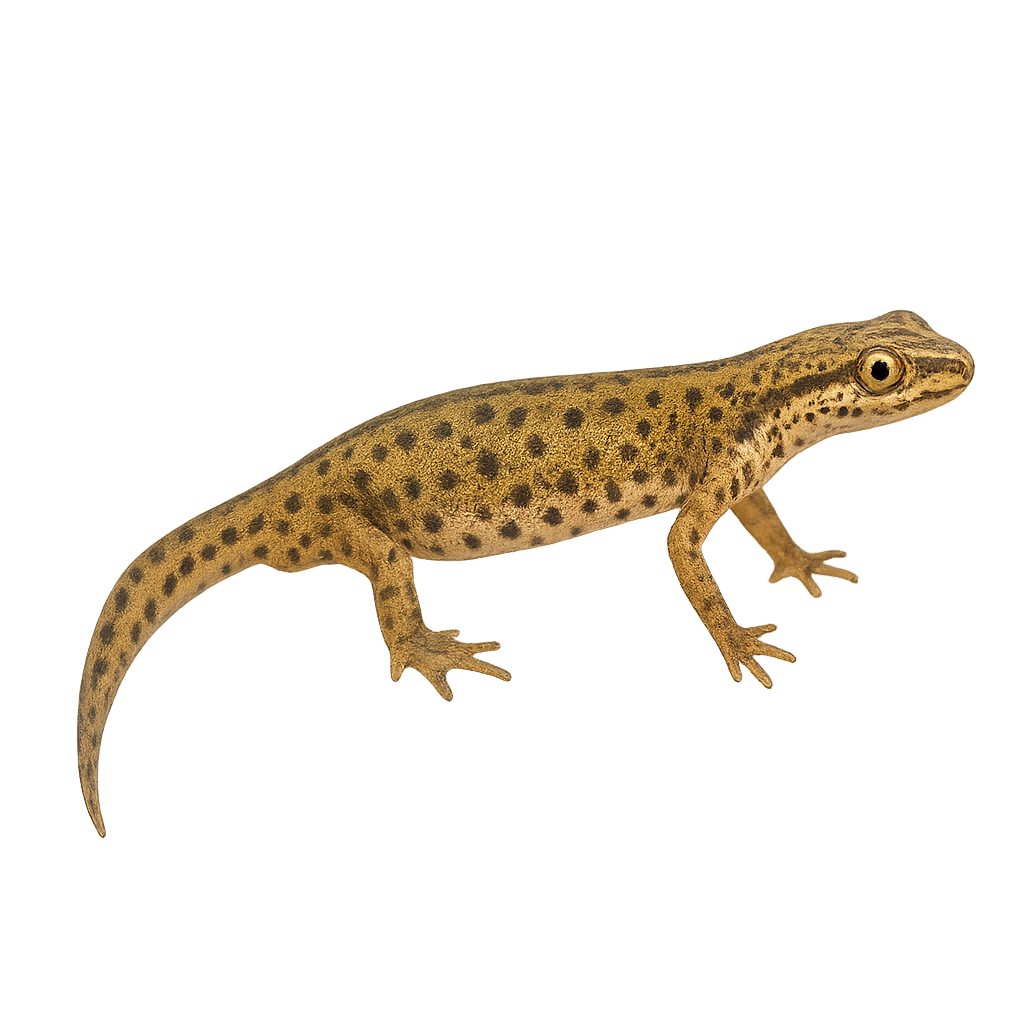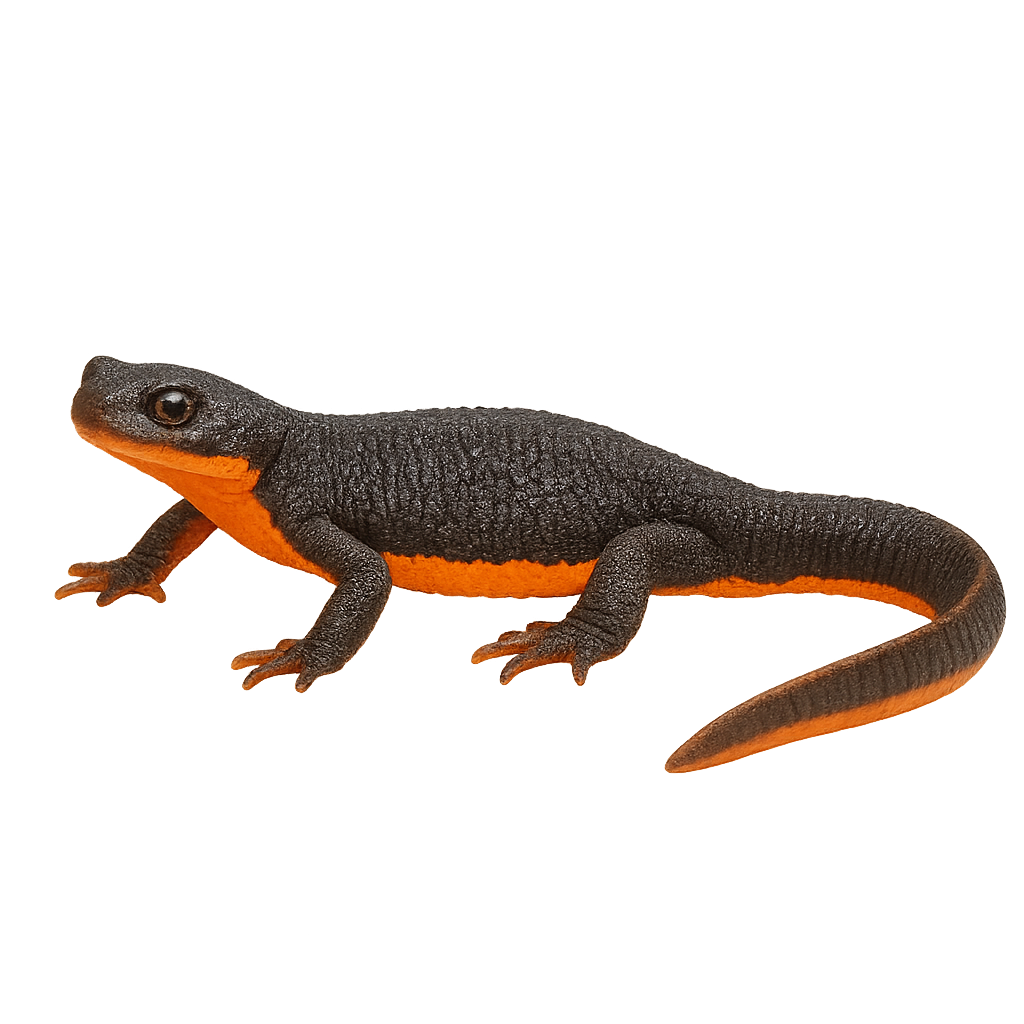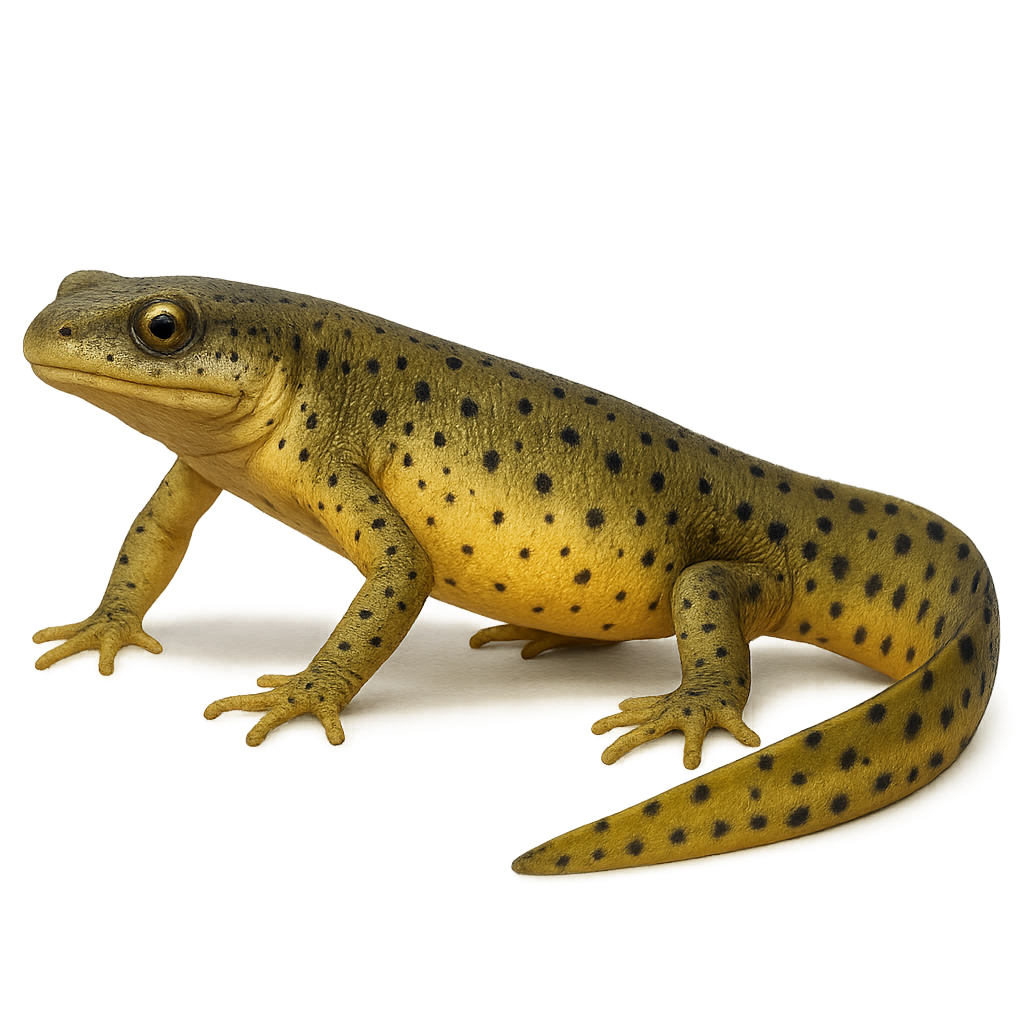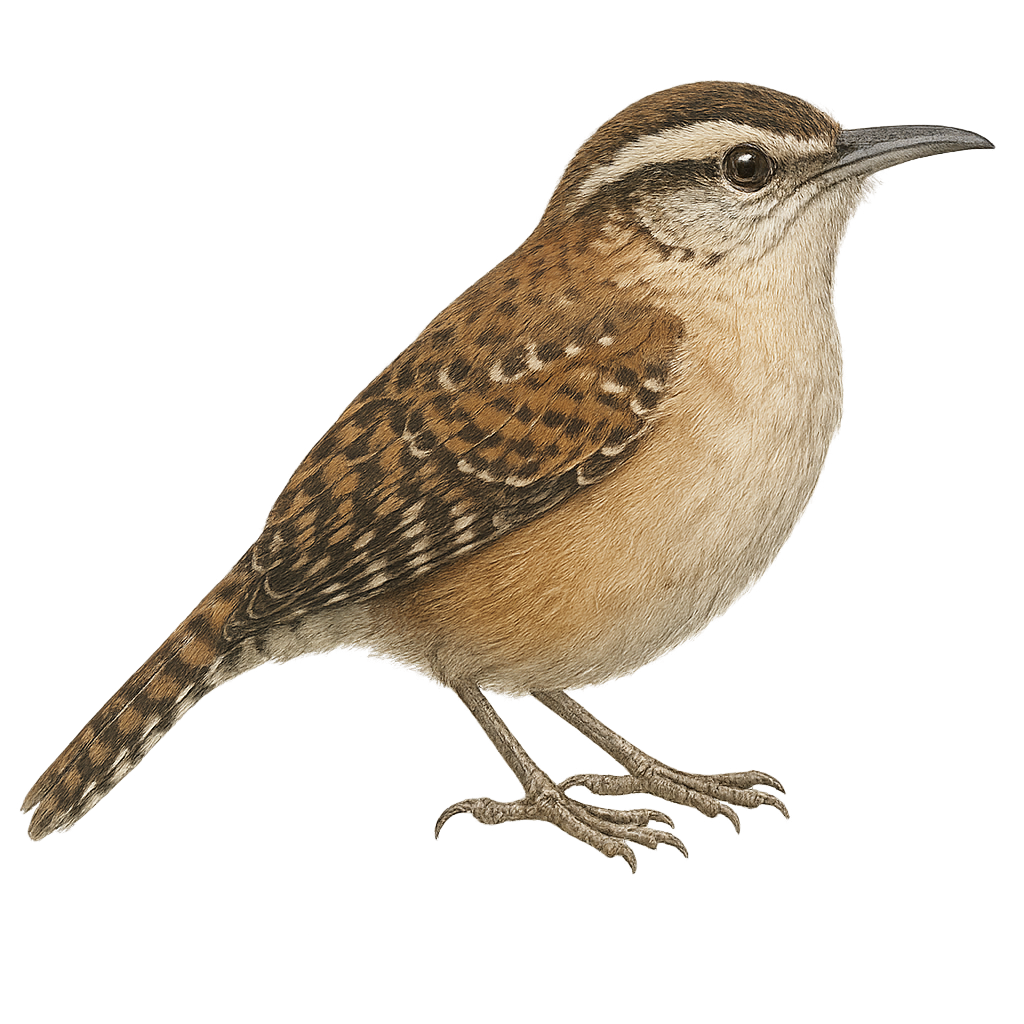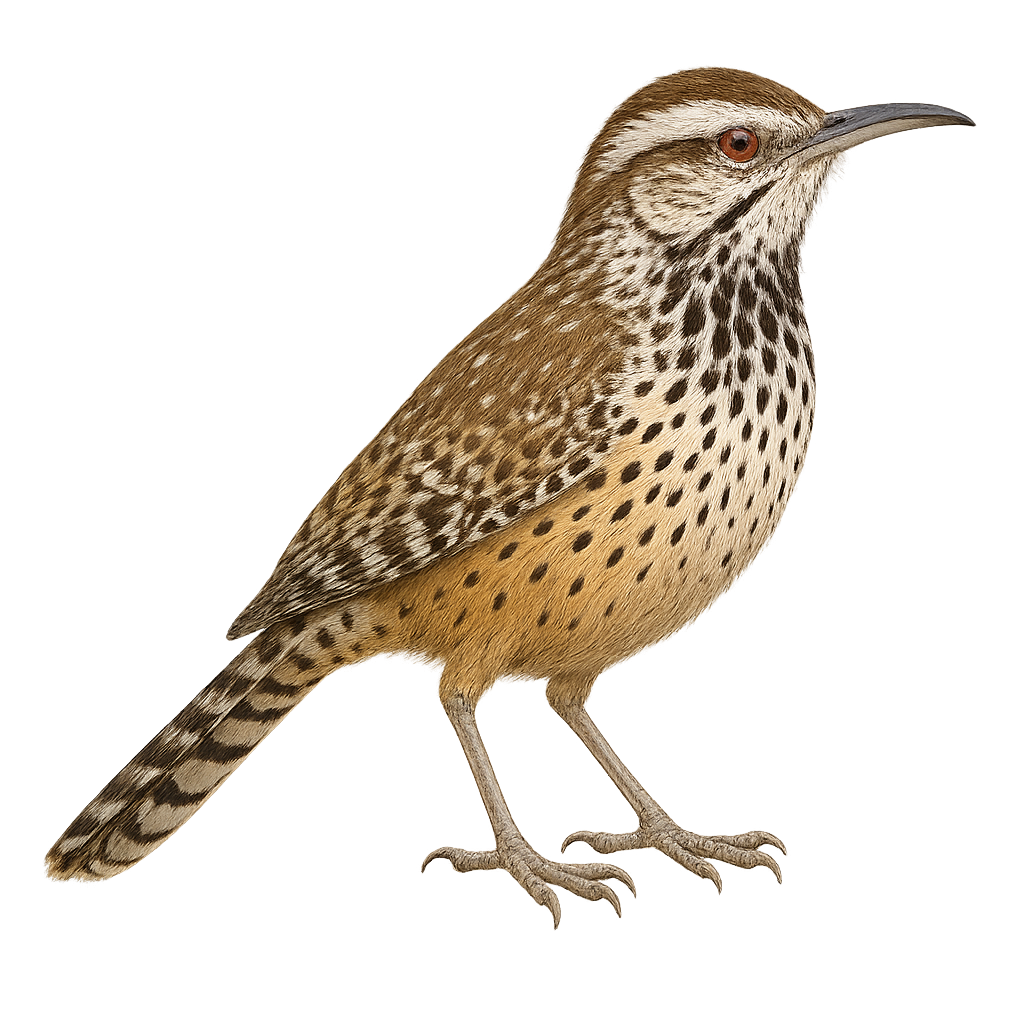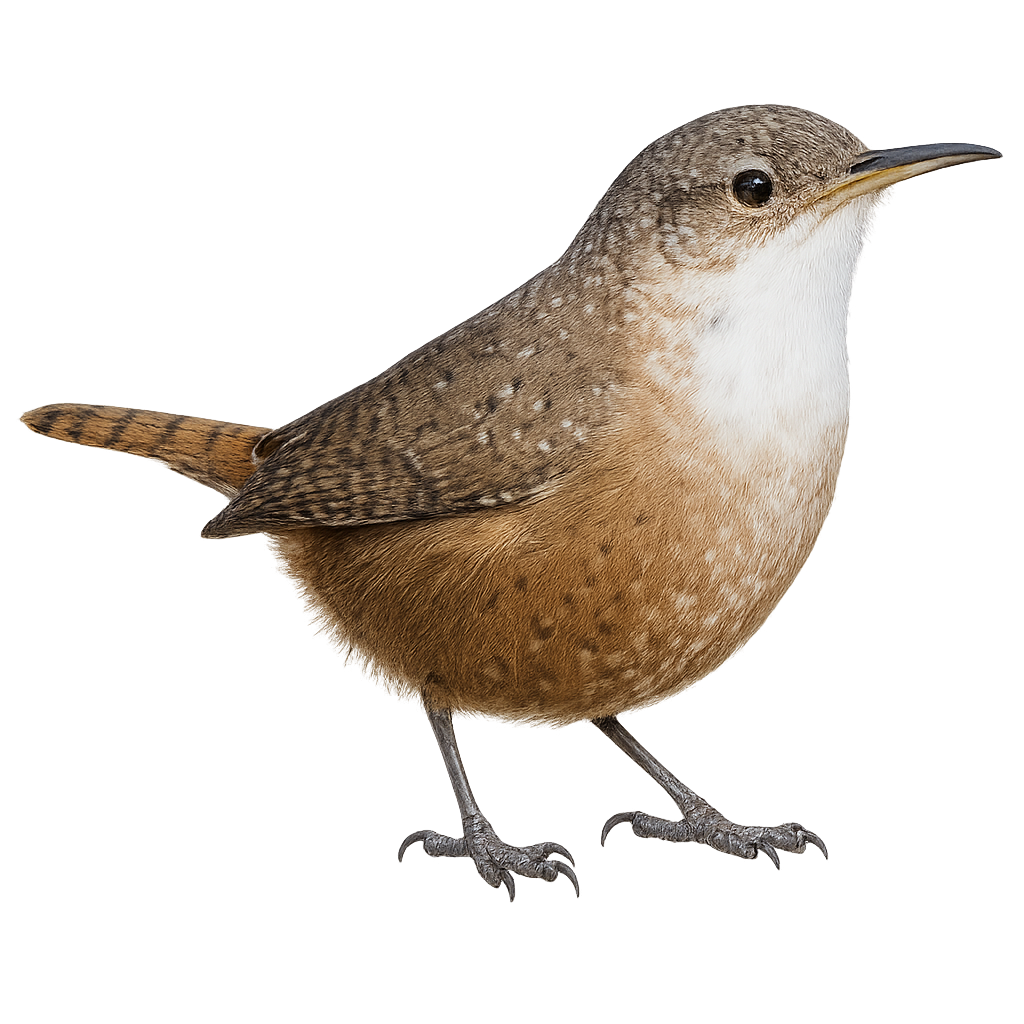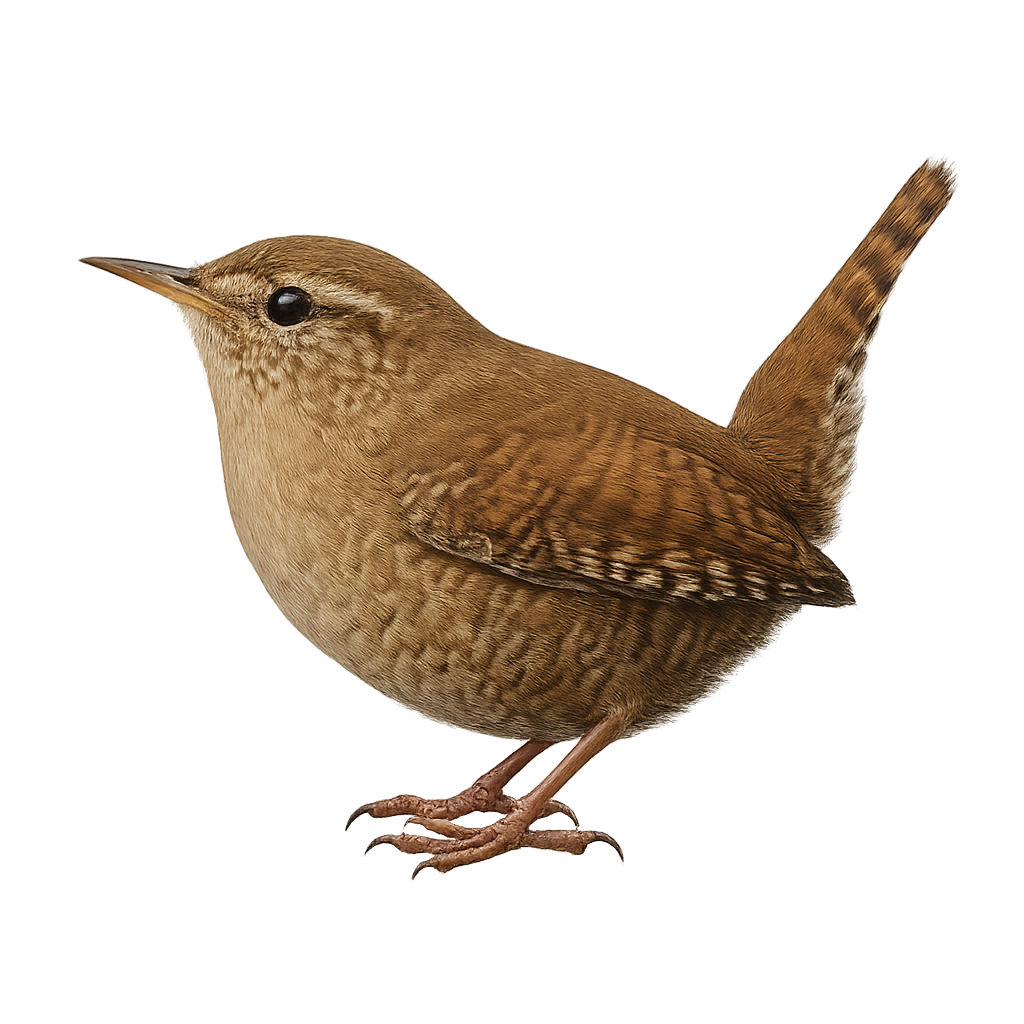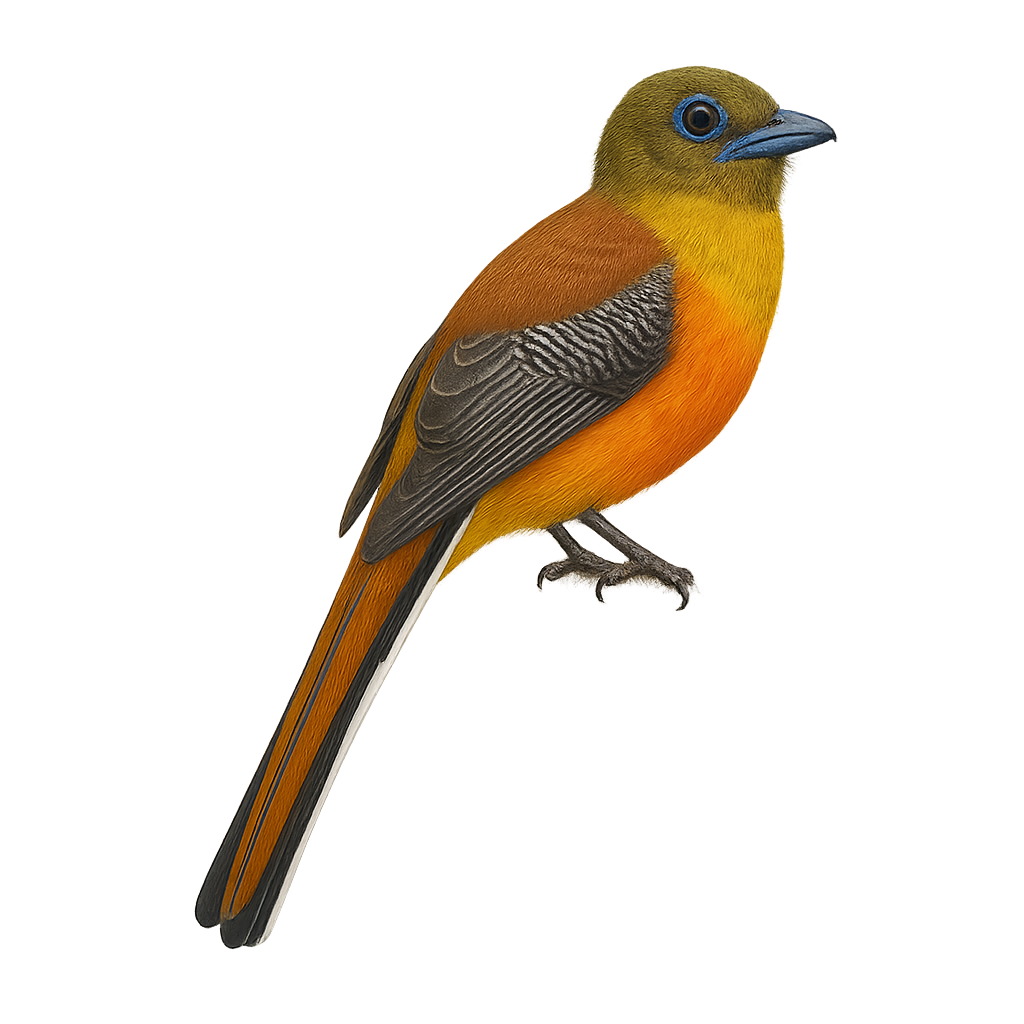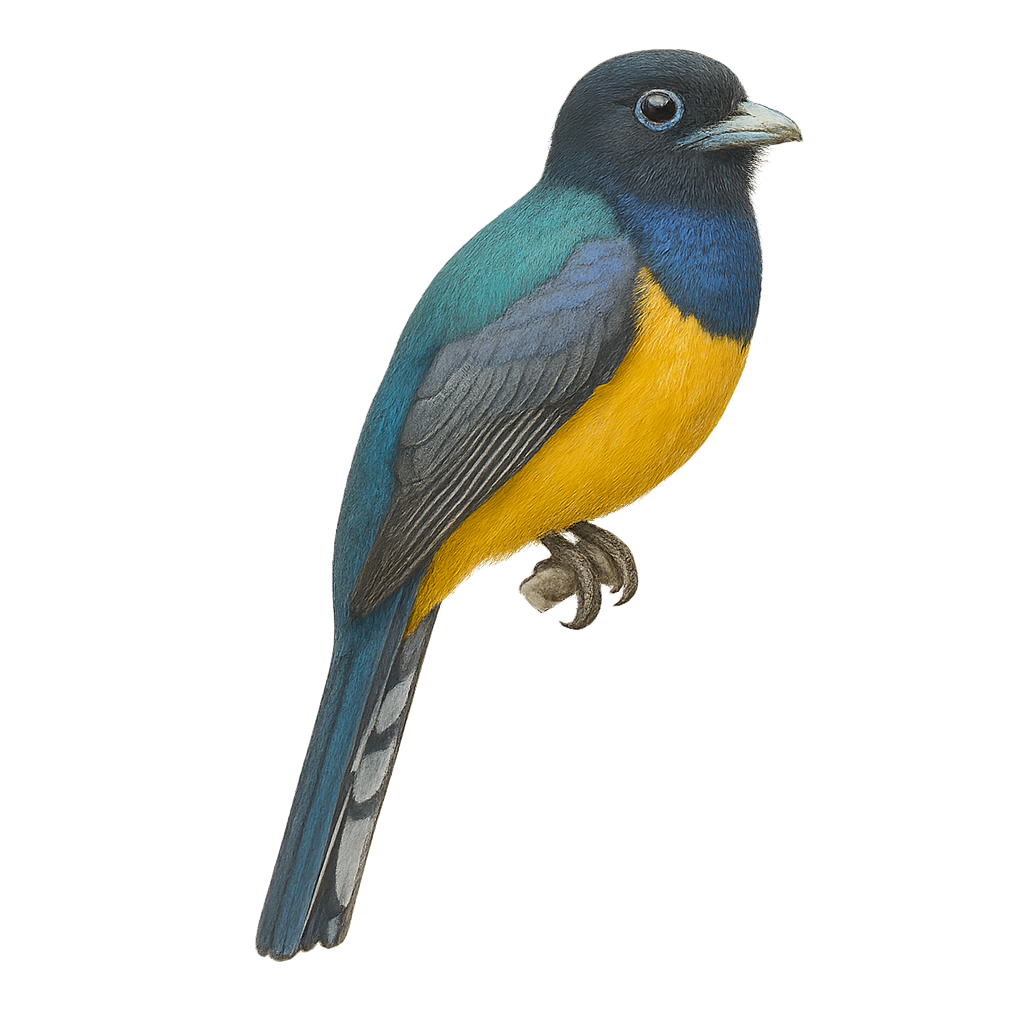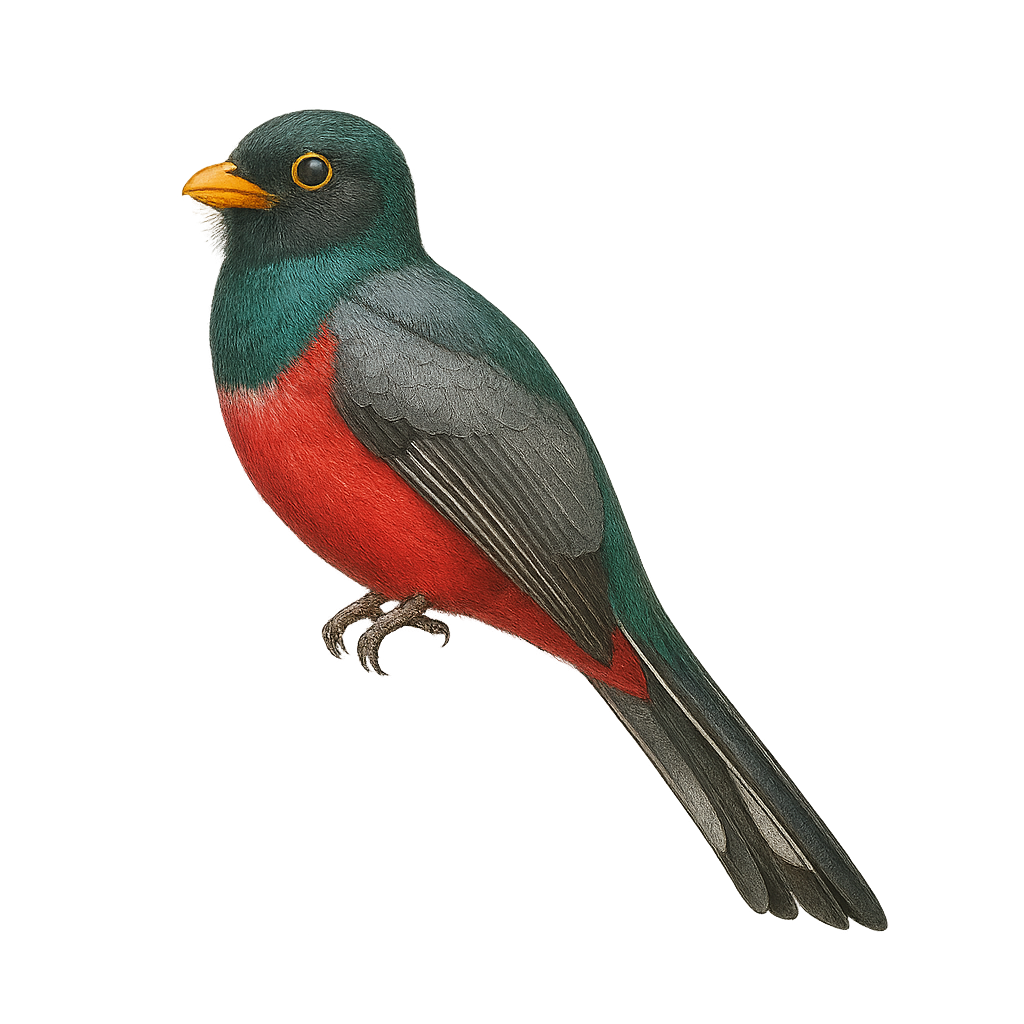The Oriental Turtle Dove, or Streptopelia orientalis, is a medium-sized bird, measuring about 30 to 33 cm in length. It is recognizable by its light brown plumage with pinkish hues on the chest and distinctive black bands on the neck. Its wings have scaly patterns, and its tail is long and slightly rounded. This bird is often seen in forests, agricultural areas, and urban parks. The Oriental Turtle Dove is primarily granivorous, feeding on seeds and grains, but it can also consume insects. It is known for its soft and melodious song, often heard at sunrise and sunset.
The African Mourning Dove, scientifically known as Streptopelia decipiens, is an elegant and graceful bird primarily found in sub-Saharan Africa. It is distinguished by its delicate plumage, blending shades of gray, brown, and white, with a characteristic black band on its neck. This bird prefers open habitats such as savannas, agricultural areas, and urban gardens, where it can easily find seeds and small fruits to feed on. The African Mourning Dove is often seen in pairs or small groups, and its soft and melodious call is a familiar sound in its range. Although generally discreet, it can become more visible during the breeding season when it performs aerial courtship displays.
The African Collared Dove, or Streptopelia roseogrisea, is an elegant and graceful bird, often mistaken for the domestic dove. It features delicate plumage, primarily pinkish-grey, with darker shades on the wings and a distinctive black band around the neck. This bird is particularly appreciated for its soft and melodious song. Native to the arid regions of sub-Saharan Africa, it adapts well to semi-arid environments and savannas. It is often seen in pairs or small groups, feeding mainly on seeds and small insects. Although generally discreet, it can be spotted near water sources, especially at sunrise and sunset.
The Tambourine Dove, Turtur tympanistria, is a medium-sized pigeon known for its pinkish-brown plumage and black-spotted wings. It is primarily found in sub-Saharan Africa, inhabiting tropical forests, wooded savannas, and agricultural areas. Its call, a soft and repetitive cooing, is often heard at dawn and dusk. This species is monogamous, forming lasting pairs. It feeds mainly on seeds, small fruits, and insects. Although its habitat is threatened by deforestation, it remains relatively common and adaptable.
The Mourning Dove, Zenaida macroura, is an elegant and graceful bird, easily recognizable by its light brown plumage and black spots on the wings. It features a long, tapered tail and dark eyes surrounded by a pale ring. This bird is widespread across North America, inhabiting various environments from urban areas to open countryside. The Mourning Dove is known for its melancholic song, a soft cooing often heard at dawn and dusk. It primarily feeds on seeds, which it pecks from the ground. Although often seen in pairs or small groups, it can form large flocks during migrations.
The Eurasian Collared Dove is a medium-sized dove, measuring about 32 cm in length with a wingspan of 47 to 55 cm. Its plumage is grayish-beige with pinkish hues on the head and chest. It is characterized by a black half-collar edged with white on the back of its neck. It emits a soft cooing sound, often described as "hoo-hoo-hoo-hoo." Originally from South Asia, it has rapidly expanded into Europe, North Africa, and the Americas. It frequents urban, suburban, and agricultural areas, feeding primarily on seeds, berries, and buds. Breeding can occur year-round, with an average of three to four broods per year. The young leave the nest about 19 days after hatching. The species is listed as Least Concern by the IUCN.
The Blyth's Tragopan is a colorful and rare pheasant native to the mountainous forests of the eastern Himalayas. This magnificent bird is easily recognizable by its bright plumage, mainly red with white spots and black patterns. Males display a blue crest and facial wattles that become more vibrant during the breeding season. The females, more discreet, have a brown speckled plumage that allows them to blend into their environment. The Blyth's Tragopan is a shy bird that prefers to stay hidden in dense undergrowth, feeding mainly on seeds, fruits, and insects. Unfortunately, this species is threatened by habitat loss and hunting.
The Temminck's Tragopan is a colorful pheasant native to the mountainous forests of Southeast Asia, particularly in China, India, and Myanmar. This pheasant is renowned for its vibrant plumage, especially in males, which display bright colors ranging from red to blue, with white-spotted patterns. Females, more discreet, have brown plumage that allows them to blend effectively into their surroundings. The Temminck's Tragopan is a shy bird, preferring dense and humid forest areas where it primarily feeds on vegetation, seeds, and insects. Although its habitat is threatened by deforestation, it remains relatively common in some regions.
The Satyr Tragopan is a fascinating bird native to the mountainous forests of the Himalayas. This medium-sized pheasant is particularly remarkable for its striking plumage. The male displays vibrant colors, with shades of red, orange, and blue, while the female is more subdued with brown and gray tones, allowing her to blend effectively into her surroundings. The Satyr Tragopan is known for its spectacular courtship displays, where the male spreads his feathers and emits loud calls to attract a mate. It primarily feeds on vegetation, seeds, and insects. Although its habitat is threatened by deforestation, it remains relatively common in some areas.
The Cyprus Wheatear, or Oenanthe cypriaca, is a small passerine bird belonging to the Muscicapidae family. This bird is endemic to the island of Cyprus, where it is often seen in open and rocky areas. It is distinguished by its black and white plumage, with a black head and a grayish back. The male and female show little sexual dimorphism, although the male displays slightly brighter colors. The Cyprus Wheatear is a trans-Saharan migrant, spending the winter in East Africa. It feeds mainly on insects caught on the ground. Its breeding season extends from spring to summer, where it builds its nest in rocky crevices.
The wheatear is a small ground-dwelling bird found primarily in meadows, cultivated lands, and rocky areas across Europe, Asia, and North Africa. It is easily recognized by its contrasting plumage, with a brown back, white belly, and a black head. This small bird is especially active and restless, often seen hopping on the ground in search of insects and small arthropods. It frequently perches on rocks or grasses to survey its surroundings.
The black-eared wheatear is a small passerine, 14–15 cm long, with contrasting plumage: pale grey crown and back, black wings and tail, white throat and a black eye stripe. It inhabits steppes, rocky slopes, scrub and open plains in southern Europe and Western Asia, feeding on insects and spiders on the ground or during low flights. During breeding (April to July), the male performs aerial displays and sings from a perch to attract the female and defend its territory.
The Black Wheatear, Oenanthe leucura, is a bird from the Muscicapidae family. It is predominantly black with a distinctive white tail. Found in arid and rocky regions of southern Europe and northern Africa, this bird is known for its territorial behavior and adaptability to harsh environments. The Black Wheatear primarily feeds on insects and small invertebrates. It nests in crevices or holes in rocks, typically laying 4 to 5 eggs. Although its habitat is sometimes threatened by human activity, it is currently classified as of least concern by the IUCN.
The Alpine newt is a small urodele amphibian, 9–13 cm long, with a bright olive back and orange belly. It inhabits ponds, pools, and wooded wetlands across temperate Europe. During the breeding season, males develop a colored tail crest and perform a nuptial dance to attract females.
The crested newt is a urodele amphibian, 9–11 cm long, with a dark brown back spotted with bright orange and a black belly. It inhabits temporary ponds, ditches, and woodland pools in temperate Europe, feeding on aquatic insects and small crustaceans with its rapid tongue. During the breeding migration, males develop a prominent dorsal crest and perform a nuptial dance in front of females.
The Italian Crested Newt, Triturus carnifex, is a species of newt in the family Salamandridae. It is characterized by its rough skin and prominent dorsal crest, especially visible in males during the breeding season. This newt typically measures between 10 and 16 cm in length. Its coloration ranges from brown to black, with lighter spots on the belly. It primarily inhabits wetlands, such as ponds and marshes, and is often found in nearby forests and grasslands. Although its population is stable, it faces threats from habitat destruction and water pollution.
The Japanese fire‐bellied newt is a medium‐sized aquatic salamander (10–12 cm body length), with a dark dorsum and bright red belly marked with black spots. Endemic to Japan, it inhabits ponds, forest pools and slow‐flowing streams, feeding on invertebrates, worms and small crustaceans. Gregarious and secretive, it performs tail‐fanning courtship displays and aggregates in sheltered bays during breeding.
The marbled newt, Triturus marmoratus, is a medium-sized amphibian, typically measuring between 12 and 15 cm in length. Its skin features a distinctive marbled green and black pattern, providing excellent camouflage in its natural habitat. Males display a striking dorsal crest during the breeding season. This newt is primarily found in humid forests, meadows, and wooded areas of Western Europe, particularly in France and Spain. It is nocturnal, hiding under stones or leaves during the day. Reproduction occurs in ponds or temporary pools. Although its conservation status is concerning, it remains relatively common in some areas.
The palmate newt is a small urodele amphibian, 6–9 cm long, with an olive-brown back dotted with dark spots and a yellow-orange belly. It inhabits temporary ponds, ditches, and woodland wetlands in temperate Europe. Solitary and unobtrusive, it feeds on aquatic insects and small crustaceans with its speedy tongue.
The Rough-skinned Newt, or Taricha granulosa, is a species of salamander found along the Pacific coast of North America. It is easily identified by its rough, grainy skin and dark brown coloration, with a bright orange underside. This newt is particularly famous for its potent toxin, tetrodotoxin, which deters predators. Typically measuring between 12 and 22 cm, it inhabits moist forests, streams, and ponds. During the breeding season, it migrates to still waters to lay eggs. Despite its toxicity, it plays a crucial role in the ecosystem by controlling aquatic insect populations.
The Notophthalmus viridescens, commonly known as the Eastern newt, is a small amphibian native to North America. It is characterized by its smooth, moist skin, typically green with distinctive red spots along its back. The Eastern newt undergoes several life stages, including an aquatic larval stage, a terrestrial juvenile stage known as the "eft," and an aquatic adult stage. These newts prefer aquatic habitats such as ponds, marshes, and streams but can also be found in moist forests during their terrestrial phase. They primarily feed on aquatic invertebrates and play a crucial role in the ecosystem by controlling insect populations.
The White-bellied Wren is a small bird with brown plumage and a distinctive white belly. It primarily inhabits dry forests and shrublands in Mexico. Its song is melodious and complex, often heard before the bird is seen. This wren is a social bird, often observed in small groups. It feeds mainly on insects and spiders, which it finds by foraging in dense foliage. Although relatively common, its habitat is threatened by deforestation. Preserving these environments is crucial for its survival.
The Cactus Wren, or Campylorhynchus brunneicapillus, is a robust and noisy bird typical of the desert regions of the southwestern United States and northern Mexico. It is easily recognizable by its brown plumage speckled with white, long tail, and slightly curved beak. This bird is particularly adapted to life in arid environments, where it builds its large nests in cacti and thorny shrubs. The Cactus Wren is known for its powerful and varied song, which it uses to defend its territory. It primarily feeds on insects but also consumes fruits and seeds. Mainly active in the morning and late afternoon, it avoids the hottest hours of the day.
The Canyon Wren, or Catherpes mexicanus, is a small bird with a reddish-brown plumage, distinguished by its long slender bill and short tail. It is primarily found in the arid and rocky regions of North America, especially in canyons and cliffs. Its melodious and powerful song often echoes in these rugged environments. This wren feeds mainly on insects and spiders, which it finds in rock crevices. Though discreet, it can sometimes be seen moving nimbly along rocky walls. Its ability to adapt to challenging habitats makes it a fascinating bird for ornithologists and nature enthusiasts.
Wren
Troglodytes troglodytes
The wren is a small, highly active songbird found mainly in forests, gardens, and hedgerows across Europe and Asia. It is easily recognized by its small size, brownish-red plumage, and its often-raised tail in the shape of a 'V'. This passerine is highly territorial and primarily feeds on insects and small invertebrates. Although it is fairly discreet, its powerful song is one of the most remarkable among small birds.
The Orange-breasted Trogon, or Harpactes oreskios, is a captivating bird found in the tropical forests of Southeast Asia. It is known for its vibrant plumage, featuring a bright orange breast and wings with shades of brown and black. This elusive bird prefers dense forests where it feeds mainly on insects and small fruits. Its melodious call often echoes through the canopy, although the bird itself is hard to spot due to its discreet behavior. The Orange-breasted Trogon nests in tree cavities, where the female typically lays two to three eggs. Although its habitat is threatened by deforestation, it remains relatively common in some areas.
The Green-backed Trogon, or Trogon viridis, is a colorful bird found in the tropical forests of South America, particularly in the Amazon. It is distinguished by its vibrant plumage, with a bright green back, yellow belly, and black chest. Males have a blue-black head with a yellow eye-ring, while females have duller tones. This bird measures about 28 to 30 cm in length and feeds mainly on insects and fruits. It is often seen perched motionless, patiently waiting for its prey. The Green-backed Trogon is a sedentary bird, preferring dense forests where it can effectively camouflage itself with its plumage.
The Black-tailed Trogon, or Trogon melanurus, is a colorful and fascinating bird primarily found in the tropical forests of South America. It is distinguished by its vibrant plumage, with an emerald green back, bright red chest, and characteristic black tail. This bird measures about 28 to 30 cm in length and primarily feeds on insects and fruits. The Black-tailed Trogon is often seen quietly perched on a branch, scanning its surroundings for food. It is known for its soft, melodious song that resonates through the canopy. Although it is relatively tolerant of human presence, it prefers dense habitats where it can easily hide.
The Black-headed Trogon is a colorful bird found primarily in the tropical and subtropical forests of Central and South America, notably in Mexico, Honduras, Costa Rica, and Panama. It typically measures about 25 to 30 cm in length and weighs between 90 and 120 g. Its plumage is especially vibrant, with a black head contrasting with a brightly colored body, primarily green and red. The Black-headed Trogon primarily feeds on fruits, berries, and small insects. It is often observed in dense forests, where it enjoys perching on tree branches. While its population remains relatively stable, it is sometimes threatened by deforestation and the loss of its natural habitat.
The Red-headed Trogon, Harpactes erythrocephalus, is a striking bird known for its vibrant plumage and elusive presence in the dense forests of Southeast Asia. This trogon is characterized by its bright red head, brown back, and yellow belly. Males display more vivid colors than females, which have a duller hue. They primarily inhabit tropical rainforests, feeding on insects and fruits. Their flight is swift and direct, but they spend most of their time perched motionless on branches, blending into the foliage. Their song is soft and melodious, often heard before they are seen.


